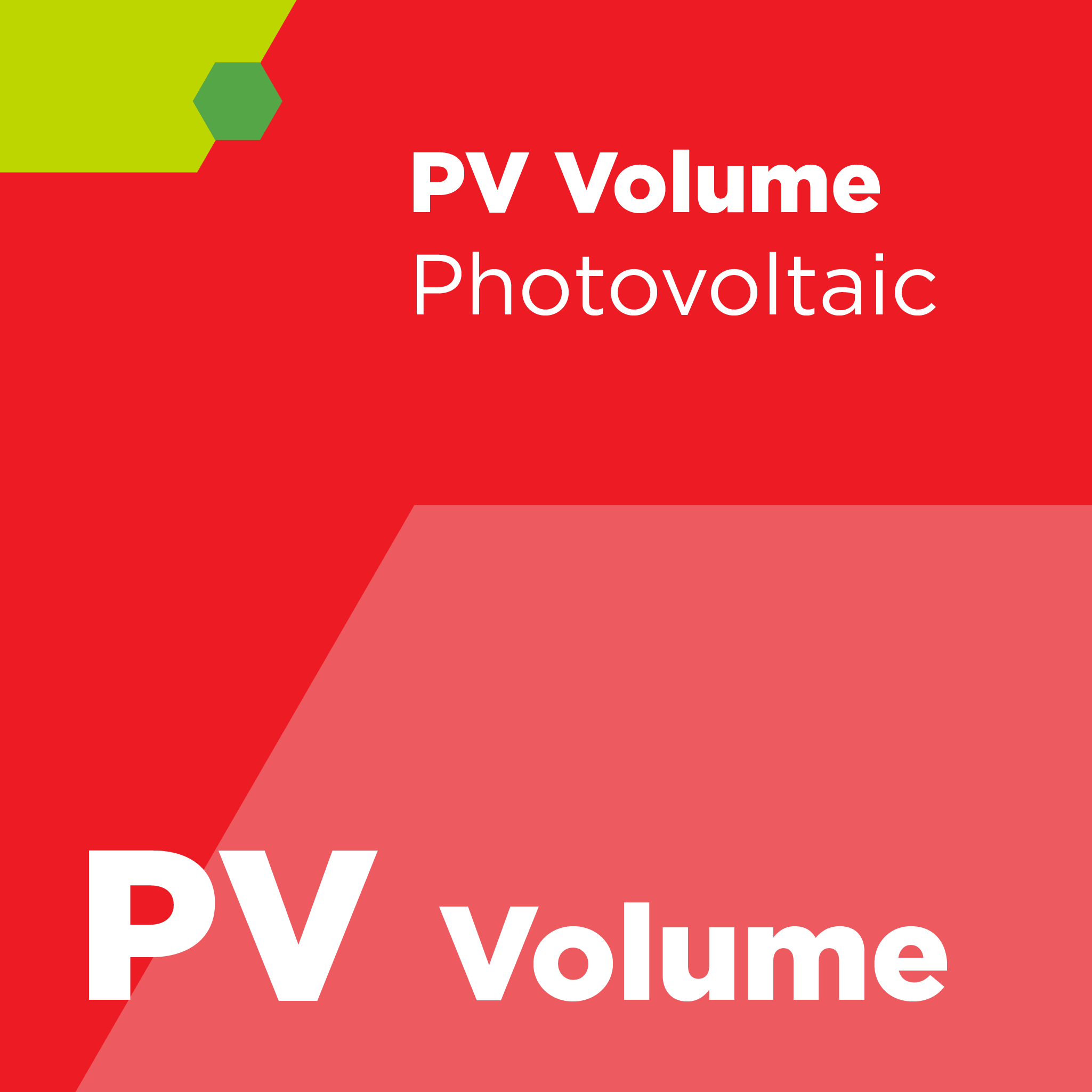
SEMI PV10 - Test Method for Instrumental Neutron Activation Analysis (INAA) of Silicon -
Abstract
This Standard was technically approved by the Photovoltaic – Materials Global Technical Committee. This edition was approved for publication by the global Audits and Reviews Subcommittee on May 11, 2016. Available at www.semiviews.org and www.semi.org in July 2016; originally published October 2010.
Neutron Activation Analysis (NAA) is a highly sensitive method for multi-element quantitative and qualitative analysis of various materials. In particular, it is an established method in the semiconductor industry for analyzing and qualifying poly-silicon (poly-Si), the feedstock for growing semiconductor grade single crystalline silicon (c-Si) as well as silicon wafers, regarding trace element contamination. The increasing demand for feedstock Si in the photovoltaic industry resulted in a higher volume of production of poly-Si and in developing alternative methods for purifying raw Si, resulting in materials that are generically called solar grade silicon (sog-Si) in the present Document. This material may occur in a variety of shapes, like chunks, powder, and granules.
The growing volume of production of poly-Si and sog-Si requires also an increase of quality control for these materials, for which Instrumental Neutron Activation Analysis (INAA) is one method of choice. INAA is an NAA where the analysis is conducted directly on the irradiated samples, in contrast to Radiochemical Neutron Activation Analysis (RNAA) where the irradiated samples are subjected to chemical separation for removing interfering species or for concentrating the radioisotope of interest. Currently INAA is performed by laboratories using different irradiation sources and conditions, electronic equipment and preparation methods, and it is applied to a wide morphological variety of Si. Standardizing INAA for application to silicon will remove differences in the analytical approach and will establish a common reference for the analyses.
This Test Method covers the INAA of Si produced by chemical vapor deposition (CVD) or metallurgical purifying processes.
Samples to be analyzed may occur in single crystalline, polycrystalline, or multicrystalline form, as powder, granules, chunks, or wafers.
This Test Method refers to the analysis of the bulk of the materials. Analysis of the surface or surface near regions of samples may be performed according to the test method by additional sample preparation and avoiding carefully surface contamination during sample extraction, handling and preparation.
This Test Method does not refer to the analysis of thin amorphous, polycrystalline or micromorph Si films.
This Test Method is not intended for but may be applied to the analysis of samples of Si that were intentionally contaminated with high concentrations of specific elements after checking the impact on safety, limit of detection (LOD) and tw0.
This Test Method covers only the activation of appropriate trace element nuclides by thermal or epithermal neutrons.
This Test Method is intended for analyzing a wide range of trace elements (see Appendix 1). This requires in general irradiation times longer than the lifetime of the decay of activated 31Si and waiting times before performing the analysis until the activity of 31Si has sufficiently decreased.
Referenced SEMI Standards
SEMI C28 — Specifications for Hydrofluoric Acid
SEMI C35 — Specifications and Guideline for Nitric Acid
 |
Interested in purchasing additional SEMI Standards? Consider SEMIViews, an online portal with access to over 1000 Standards. |
Refund Policy: Due to the nature of our products, SEMI has a no refund/no exchange policy. Please make sure that you have reviewed your order prior to finalizing your purchase. All sales are final.

This product has no reviews yet.